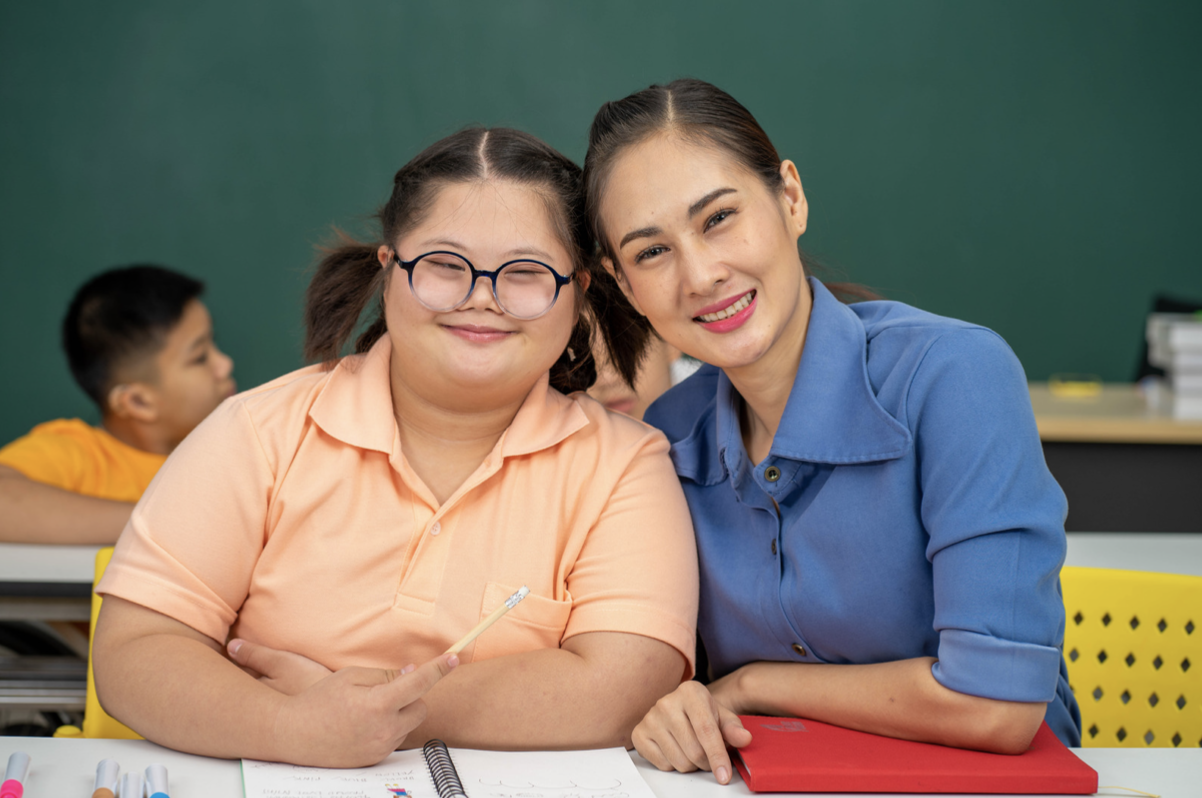Educating Students in their Least Restrictive Environment
Educators have a responsibility to ensure that all students receive an education that is appropriate for their individual needs. For students with disabilities, this means providing an education in their least restrictive environment.
The least restrictive environment (LRE) is the educational setting that provides the most inclusive environment for students with disabilities that still allows for their individual needs to be met. To the greatest extend appropriate, they need to have access to the same curriculum and educational opportunities as their non-disabled peers. It also means they need to be able to interact with other students and teachers in similar or functionally equivalent ways.
Ensuring students with disabilities are educated in their LRE is important for several reasons. For one, it is their legal right under the Individuals with Disabilities Education Act (IDEA). But beyond being a requirement, it is good for students. It can promote independence and self-determination, ensure access to grade level standards and sufficiently challenging materials to prepare them for the next grade level and, eventually, life after high school.

The least restrictive environment for students with disabilities is determined by their Individualized Education Program (IEP) teams at the annual IEP meeting based on the individual needs of the student. Although for many students being educated in the general education classroom with supports may be the least restrictive environment, this is not the case for all students. Depending on the needs and the degree of support needed, the least restrictive environment could include some time in the resource room, being educated in a self-contained classroom, or even educated at a different school with a more restrictive setting.
Here are some strategies educators can use to ensure students with disabilities are educated in their LRE:
1. Understand the Student’s Needs: Educators need to be familiar with the student’s IEP and work with parents, special education teachers, and other professionals to understand the student’s individual needs. This includes understanding any accommodations and modifications the student may need.
2. Ensure Classroom Supports are Provided: The accommodations and modifications identified in the IEP must be provided to the student in order for the student to access curriculum and instruction.
3. Create a Positive Classroom Environment: Educators need to create a positive classroom environment that is supportive and inclusive of all students. This means promoting positive relationships, encouraging respect and understanding of differences, and celebrating diversity.
4. Engage with Ongoing Professional Development: Educators should engage with ongoing professional development to understand and implement best practices in educating students with disabilities.

Learn more about professional development opportunities and how to support students with disabilities at creativelyfocused.net and join us for a free webinar!
Written by Kalin Schoephoerster, Instructional Designer & Licensed Special Education Teacher
